Above-Knee Lower Limb Prosthetics
Live a full, active life with comfortable prosthetics.
Above Knee - Lower Limb Prosthetic Specialists
If your leg is amputated above the knee, you need a prosthetic that will recreate the function your knee gave you, along with the function of an ankle and foot. Fortunately, today’s prostheses allow you to move more naturally than you ever thought possible.
Sockets are the most important part of any prosthesis because it’s where your remaining limb connects to the new device. The comfort and fit of the socket can make or break your new active lifestyle.
Personalized Service Tailored to Your Specific Needs
You deserve a provider who gives personalized service and provides true attention to detail. Our fittings are more comprehensive than most patients have ever experienced, and that results in a fit that’s second to none.
Above-Knee Prosthetic Technology
We have a variety of devices that might be right for you. You can see pictures and descriptions of those below.
What they have in common is that they are created with you in mind. Whether you need an elevated vacuum system to help reduce blisters and abrasions, or a containment socket to reduce side-to-side movement, we have what you need.
Whether it's hydraulics within the knee to a microprocessor controlled knee for a more natural gait, our devices provide you maximum mobility through unique components that help hold everything together.
Take a look at the technology we offer below...
Socket Technology
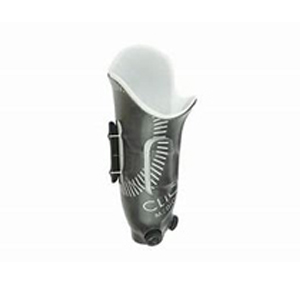
REVOlimb
The REVOlimb includes a micro-adjustable closure system that allows patients to adjust the fit of their socket without completely removing the prosthesis itself.
As a person’s body changes, patients can also adjust the socket compression at specific areas of the limb that may fluctuate in volume.
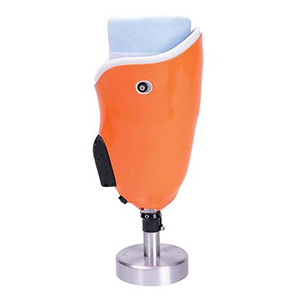
WillowWood 1 Transfemoral
This system provides a secure and straightforward solution to patients. It was developed following 26 months of testing and involved over 40 clinical test patients through a grant from the Veterans Administration.
The result is a device that’s comfortable and provides patients with a natural walking gait that also responds to various activity levels.
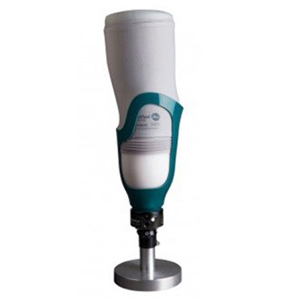
WillowWood One System
Designed for patient comfort, the system’s socket technology provides a natural walking gait. It has an airtight seal and can handle various amputee activity levels.
The WillowWood system is controllable with an iPhone or iPad, making it easy for patients to adjust as needed.
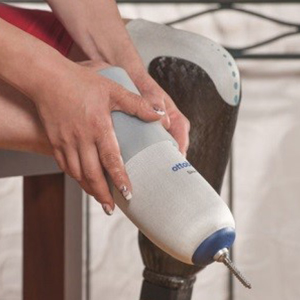
Pin-Locking Suspension
This system uses a pin-locking mechanism attached to a gel liner that securely suspends the prosthesis.
The patient simply presses a button to release the prosthesis when they’re ready to remove it.
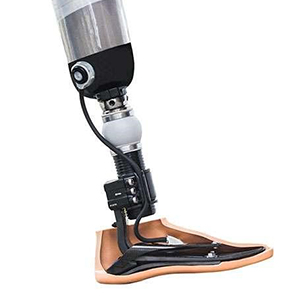
Elevated Vacuum
Through the reduction of limb movement, this system helps increase blood flow and oxygenation of tissues. It simultaneously decreases skin abrasions, blisters, and friction.
This system is also more adaptable to weight gain and loss.
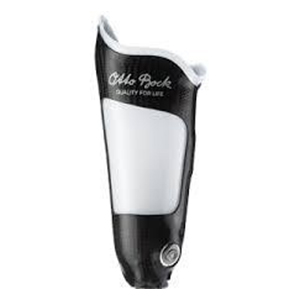
Ischial Containment Socket
The Ischial containment socket is designed for side-to-side stability. Suction holds the socket in place on the residual limb. A Silbesian, TES belt or a soft insert with a suspension-locking mechanism may also be used.
This design better accommodates fleshy limbs and highly active patients.
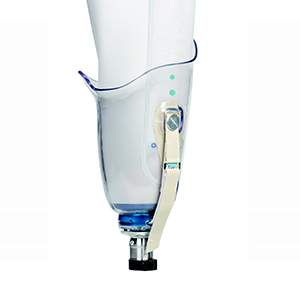
Kiss Socket
KISS offers a range of many patented products that solve suspension and other challenging prosthetic problems.
By innovating and rethinking traditional methods, design, and techniques, the KISS socket system excels in offering amazing solutions for patients.
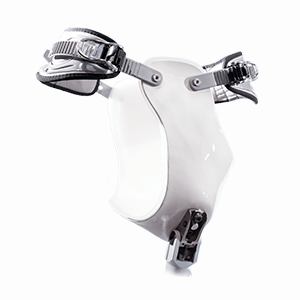
Bikini Socket
This is advanced socket technology for hip disarticulation patients. It is called the Bikini Socket because of its low profile and lightweight design.
This new socket allows patients to use iliac crest stabilizers instead of the typical bucket design used in current hip disarticulation prostheses.
Before coming to GRE my socket comfort took a backseat to my overall function. Now I have a comfortably fitting socket that allows me to utilize my prosthetic knee and live life to the fullest.
Robert
Knee Technology
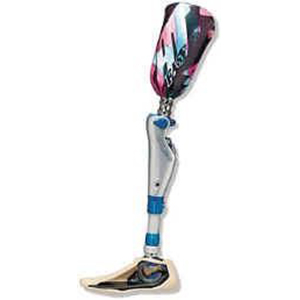
Microprocessor Controlled
This prosthetic provides patients with a more natural gait and increased stability. The computerized knee monitors the action of the knee and adapts to an individual’s normal gait pattern. It’s also programmed specifically to someone’s varied walking speeds.
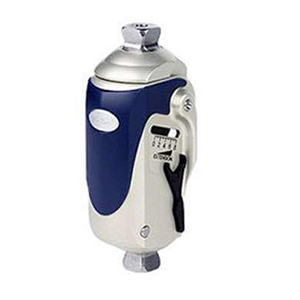
Hydraulic
Hydraulics within the knee can adjust a patient’s walking speed as it automatically responds to changes in pace. The hydraulics control the speed the prosthesis swings forward and bends backward.
It’s primarily used for patients who are highly active and vary their walking speeds regularly, without the use of an assistive walking device.
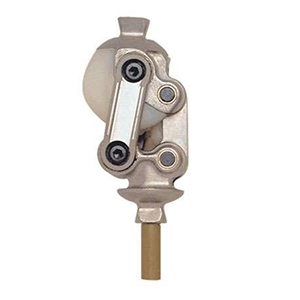
Polycentric 4 Bar
This device provides patients with a stable knee that mimics the normal knee joint during movement. It’s ideal for patients with long residual limbs, bilateral leg amputations, or knee disarticulation.
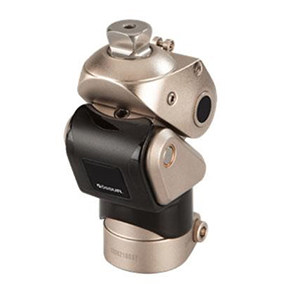
Weight-Activated Stance Control
This stable knee is often prescribed as a temporary prosthesis. It functions as a constant friction or pneumatic knee.
When weight is placed on the knee during gait, a braking mechanism prevents the knee from buckling. It’s most commonly used for active or older amputees.
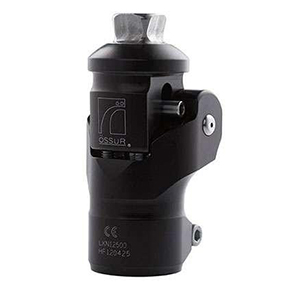
Manual Locking
This type of prosthesis is a stable knee that locks during gait, allowing the patient to release the lock to sit down comfortably.
It’s most frequently used for patients with bilateral leg amputations, short residual limbs, or poor strength or balance.
My doctor referred me to GRE because he wanted the best prosthetic provider that he trusted would help me on my journey to becoming an active prosthetic user.
Thomas
Foot and Ankle Technology

Externally Powered Foot & Ankle
This prosthetic foot provides the active Level 3 user with terrain conformance, rotation and shock absorption. It is ideal for robust, moderate impact activities like hiking that require a multi – axial, biomimetic function with a high level of energy return.
The combination of hydraulic ankle and titanium spring means that the foot adapts fluidly to promote good posture and excellent traction even on rough ground and ramps. During swing phase the toe dorsi-flexes to enhance ground clearance. The integral shock absorber ensures minimal shear force between socket and skin for a comfortable ride throughout the twists and turns of the day.
Foot shell and glide sock included.
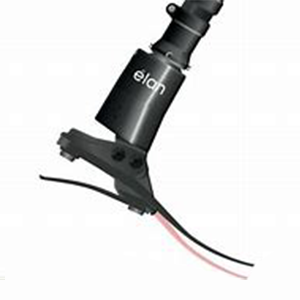
Microprocessor Foot & Ankle
Elan mimics natural muscle resistance and ankle motion by adapting hydraulic resistance levels to optimize stability when standing, on slopes and uneven terrain. This encourages more symmetrical limb loading, faster walking speed and reduced compensatory movements. The ankle pivot point is optimally positioned close to the natural weight line for a more natural response through the gait cycle.
The result is smoother, safer and more natural walking, helping to preserve the body for the long term.
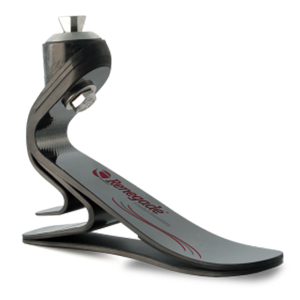
Vertical Shock
The vertical shock prosthetic is a multiple spring design that creates natural movement, a higher range of motion, and a smooth transition.
The spring technology is integrated throughout the foot to absorb and return energy.
This prosthetic is ideal for patients who live a moderate to highly active lifestyle, and those with a K3 or K4 level need.
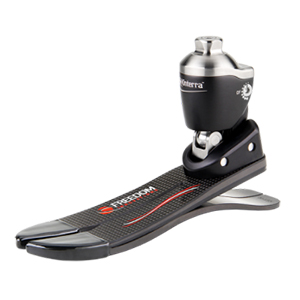
Hydraulic Ankle
Hydraulics and carbon fiber technology come together to create the hydraulic ankle. This prosthetic device provides low to moderate impact for increased ground contact, symmetrical gait, improved stability on varied terrain and the comfort of shock absorption.
This device is typically best for K3 level patients.
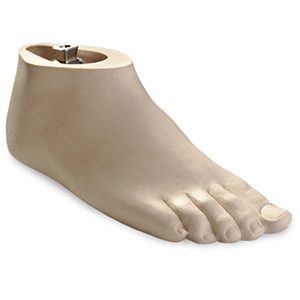
Single Axis
This foot/ankle prosthetic is a low-activity model that works on a single axis of the foot/ankle mechanism. It mimics median plane motion and has a lightweight, strong design.
CONTACT US
PHYSICAL ADDRESS (2 Locations)
13376 Ravenna Road
Chardon, OH 44024
8401 Mentor Ave
Suite C, Mentor OH 44060
RECENT POSTS
-
DJ's Patient Testimonial: A Letter to GRE
JOHN GRAVINO – Patient Advocate and Amputee DJ and her parents chose GRE despite the 4+ hour tr
SITE NAVIGATION
